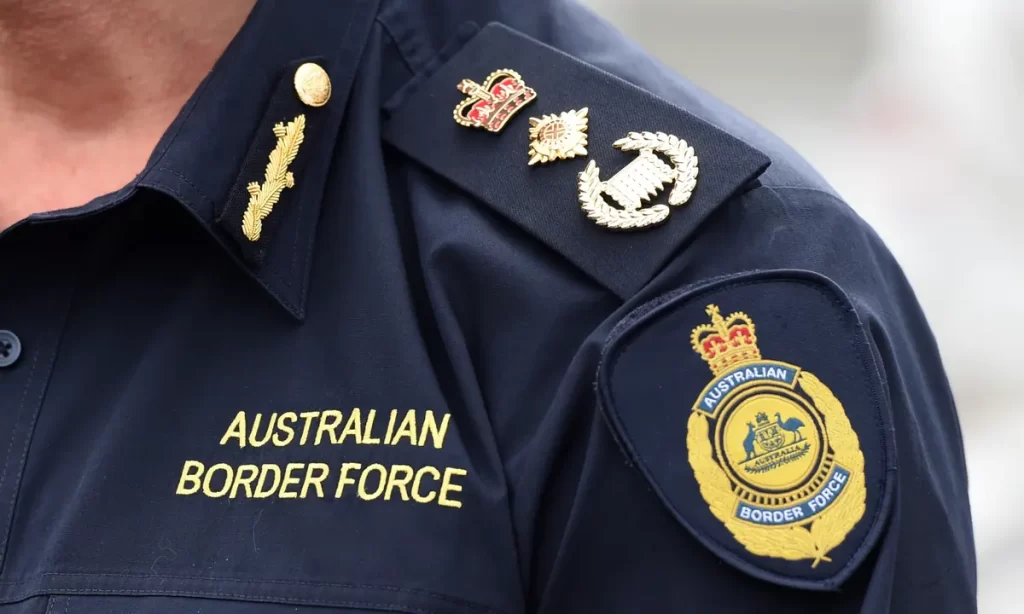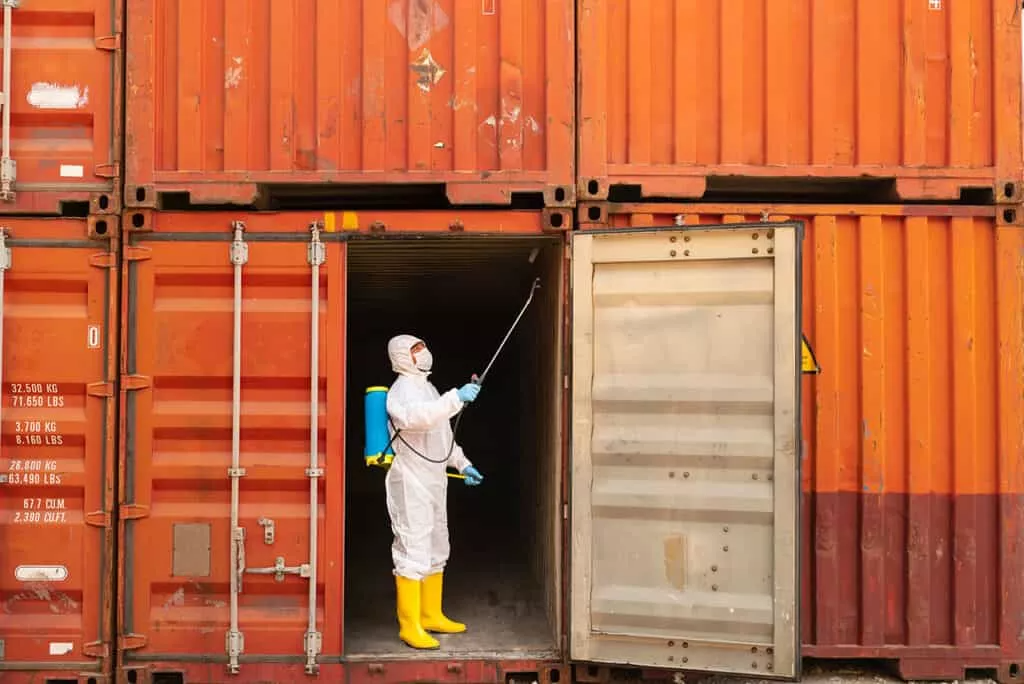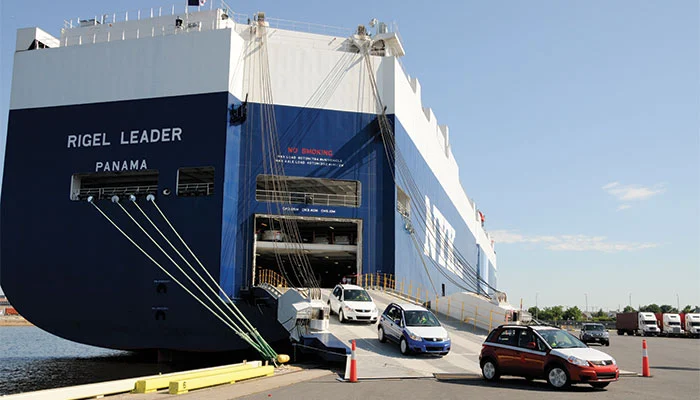If you are considering moving to Australia, this article is for you. We will discuss the process of moving from Uganda to Australia and some other important things you should know before moving.
Among the many reasons you might think about shifting to Australia is the country’s remarkably robust economy.
Australian minimum wages are quite high compared to those in other nations. Its cities, like Melbourne, have received high marks for being some of the world’s most livable cities.

The advantages of the nation’s health and educational systems are likewise unparalleled.
For instance, Australia’s healthcare system offers free or heavily discounted care to its citizens, permanent residents, and other qualified individuals.
High-quality education is also available for free or at a reduced cost to Australian citizens and permanent residents.
If you intend to relocate there, prepare to appreciate Australia’s beautiful and well-known picturesque landscapes, including its beaches and outback regions.
When shifting to Australia, the following information is something you should be aware of:
- Certain Documents Are Needed to Import Used Household Goods and Personal Effects
You must get a certificate of origin to import used household goods and personal effects.
You also need to get an import permit, a phytosanitary certificate, and an invoice for each item you bring into Australia.
You’ll need paperwork like these to import your used household items and personal possessions into Australia.
- A photocopied passport.
- Alcohol consumption (if applicable).
- Detailed packing list and inventory (in English).
- Australian Customs Form B534 completed.
- A copy of your e-visa approval or visa (for non-citizens).
- If there is no air waybill or telex release, the original bill of lading (OBL) must be used (AWB).
- Any legal certificates for offshore treatment.
Before your products reach their first port of entry into Australia, your OBL must be received.
The AWB must be received 48 hours before the arrival of your goods at Australia’s first entry airport if they are being shipped by air freight.
Finally, you’ll also need an inspection certificate for each item imported into Australia.
- Unaccompanied Personal Effects Are Eligible for Duty-Free Concessions, Subject to Certain Conditions
A duty-free concession is an exemption from Customs duty, excise and other taxes.
It can be claimed on personal effects brought into Australia by a person who is not a resident of Australia and is traveling with them.
The amount of the UPE you are eligible for depends on the value of your items and where you bought them.
Unaccompanied Personal Effects are goods you import into Australia alone and are meant for your home or personal use (UPEs).
UPEs can be brought into Australia through the air, international mail, or marine cargo and can consist of the following:
- Books.
- Furniture/Appliances.
- Sporting goods.
- Accoutrements and shoes.
- Things for grooming and personal hygiene.
UPEs could also include non-motorized caravans, boats, and aircraft, depending on the circumstances.
If you qualify for a UPE concession, you won’t have to pay to pass through Customs Control:
- Goods and services tax Customs duty (GST)
- Additional fees and taxes
However, you must be a passenger or crew member of an aircraft or ship to qualify for the UPE concession. Additionally, you must have come from somewhere outside of Australia.
- Certain Goods Aren’t Eligible for the UPE Concession

Australia does not offer a concession for unaccompanied personal effects for some items. These consist of the following:
- Motorized vehicles.
- Automobile components.
- Donated items.
- Industrial goods.
- Alcoholic drinks.
- Tobacco use and related items.
- Items acquired online after your arrival Items owned by someone else who isn’t qualified for the discount.
The Australian Border Force (ABF) reserves the right to choose who qualifies for the UPE concession. You will be responsible for paying customs duty, GST, and other fees if you still want to import specific items but cannot use the UPE concession.
If there is any doubt about whether or not something is subject to this rule, then it should likely be considered illegal under Australian law as well.
- You May Import Certain Amounts of Alcohol and Tobacco Duty-Free, But Not as UPEs
You may import certain amounts of alcohol and tobacco duty-free, but not as UPEs. The amount you can bring in depends on the type of goods.
Australia has a duty-free allowance for accompanying alcoholic beverages with a maximum volume of 2.25 liters.
Additionally, if you bring in one unopened packet of up to 25 cigarettes and one packet of cigarettes, you won’t be charged duty (or the equivalent of 25 grams of tobacco products).
Still, people 18 years and older can bring in up to AUD 900/UGX 2, 248,300 worth of general merchandise, while children are only allowed to bring in AUD 450/UGX 1,124,150.
Your family’s duty-free concession limits may be combined or pooled if you fly to Australia on the same aircraft.
However, when traveling through customs clearance, your family must remain together.
If it is for commercial purposes, then there are no limits imposed by law on how much product you can import into Australia if this is for domestic use.
- Household Goods and Personal Effects Are Subject to Biosecurity Inspection

The Department of Agriculture, Water and the Environment must inspect every shipment of UPEs for biosecurity (Agriculture).
The costs of importing used household goods and personal effects can vary depending on their condition and whether they are damaged.
Australia is concerned about limiting the entry of pests and diseases, especially through the transportation of household items and personal effects.
As a result, Agriculture will evaluate the supporting documentation for your UPEs and demand that your items pass inspection.
Indeed, unless Agriculture has approved them, the ABF cannot distribute your UPEs.
This procedure is done at your expense and takes about a week. It is frequently known as quarantine.
To ascertain whether any items could pose a biosecurity risk, the Department of Agriculture will first review your B534 Form and packing list.
The Department of agriculture can calculate how much of your shipment has to be inspected thanks to this evaluation.
Fortunately, there are various actions you may take to make the release of your UPEs easier while incurring the fewest expenses and delays from biosecurity control, such as:
- Only pack things that can be carried into Australia; check import regulations.
- If you’re not willing to pay for treatment, wait to pack anything that has to be treated.
- Verify the cleanliness and dryness of any items that have come into contact with food, soil, plants, animals, or their products.
- To cut down on the amount of time, it takes Agriculture to evaluate your consignment, pack and name your personal belongings carefully (biosecurity inspection charges are based on time)
- Use only new boxes or bags; never reuse anything formerly used to transport soil, plants, or animals.
- Never use any plant material, including straw, wood shavings, or sawdust.
The Biosecurity Import Conditions system (BICON) can be searched to see if:
- Australia is allowed to import your goods.
- A certain item needs an import license or treatment.
- You should be aware of any additional requirements.
- Some of Your Personal Effects May Need to Be Treated
Treatment can be one of your alternatives if an inspection reveals items in your consignment that raise biosecurity concerns.
It is only done at your expense and if appropriate therapy is available to treat the products.
The products can be destroyed or exported from Australia, the other two possibilities. You will be responsible for paying to implement these choices.
Treatments include:
- Devitalizing plant materials with heat, such as bark
- Fumigation gas technique to eradicate live insect pests in untreated or finished wood
- Gamma radiation therapy may be used if the goods include hazardous material that cannot be removed. Steam cleaning or washing to remove soil contamination (after which a second inspection is required)
You must employ a treatment provider the Department has approved if your shipment has to be treated.
- Documents Such As Vehicle Type Approval Are Needed for Motor Vehicle Importation

When you import a motor vehicle into Australia, it must be accompanied by all necessary documents and approvals. The documents include the following:
- Vehicle type approval. This is required for the importation of any vehicle that has been manufactured in Uganda or elsewhere.
- import authorization for reimports
- Entry approval for non-Register of Approved Vehicles (RAV)
- Entry approval for the Concessional Register of Approved Vehicles (RAV)
You can import a car with any of these approvals. By creating a ROVER account, completing the online application form, and paying the application cost, you can apply for authorization to import your car.
In addition to a car import approval, you require documentation like
- import statement (prepared by your customs broker)
- Vehicle registration documents from the nation of manufacture
- Evidence of ownership and receipt for purchase
Before shipping, ensure the car is steam cleaned inside and out to eliminate any materials that could be a quarantine concern. Make sure to remove any essential asbestos and air conditioning gas.
It’s important to note that you must provide legal import approval to ensure your vehicle is released from Customs Control. You must also pay applicable customs fees, goods and services tax (GST), luxury car tax (LCT), and other fees.
Before doing so, it would be advisable to weigh all the expenses associated with importing a car, including:
- Costs involved ensuring that your car satisfies state or territory insurance and registration requirements.
- Cost of pre-shipment (e.g., removal of asbestos and steam cleaning).
- Shipping and insurance (for the shipment of the car to Australia).
- Costs for logistics service providers.
- Charges for shipping and storage.
- Transport and harbor fees.
- Fees for processing imports.
- Charges for customs brokers.
- Australia Has Strict Conditions for Pet Importation
Due to the stringent regulations, bringing a pet into Australia is
costly and simple.
According to the Department of Agriculture, Water, and the Environment of Australia, not all live animals and reproductive materials can be imported. Australia views the hazards of pests or diseases linked with their importation as too high.
If your pet enters Australia as one of your UPEs or along with them, it will be processed as one of your UPEs, and no import declaration will be required. Animals employed in competition, for breeding, or sales are not treated as pets in Australia.
Only a select few animals can be brought into Australia as pets.
- Only a few bird species from New Zealand
- , only cats, dogs, and horses from recognized nations
- , only New Zealand-born rabbits
In advance of bringing in an animal, you should;
- Ensure the importation complies with all biosecurity regulations, including pre-export preparation, by consulting Agriculture regarding the species, country of origin, and other conditions.
- Make sure you can adhere to all the requirements set forth by the state or territory of Australia where you’re moving to maintain the animal there legally.
- Fill out an import application, then contact Agriculture to get a permit (permits are accepted in around ten business days, although incomplete or inaccurate applications can take longer).
- Make sure it is vaccinated, has a pet microchip, and you are prepared to pay for any treatments or blood tests it might need.
- Be informed that your pet will be placed in quarantine for at least ten days upon the arrival.
- You Don’t Have to Be Physically Present to Clear Your Goods
Filling up and submitting the Unaccompanied Personal Effects Statement (B534 Form) will allow you to either:
Personal appearance at one of ABF’s offices or electronic filing via the Integrated Cargo System
An Evidence of Identity (EOI) check is required before you may submit your B534 Form in person at an ABF counter. You must bring the following in addition to the paperwork required for the EOI check, such as your genuine passport:
- A B534 form has been filled out and signed. All required permits for your items.
- Delivery order from the shipper or any other shipment document that lists the Australian address and the owner of the goods
- A list of all the items packed inside the UPEs, including
- Any invoices or other documentation proving the value of products owned for less than a year
You may ask a friend or relative if you cannot submit the Form yourself. ABF will need a copy of your representative’s passport photo page where their signature is visible.
If you work with a customs broker or service provider, they can submit your B534 Form electronically on your behalf using the Integrated Cargo System (ICS).
- It takes About 10 to 15 days to Ship Unaccompanied Personnal Effects from Uganda to Australia
Shipping UPEs from Uganda to Australia is a simple process. You will receive an email with the tracking number, and the shipping company will take care of everything.
The process is not complicated at all, but it does take about 10 to 15 days for your shipment to arrive in Australia.
You can track your shipment’s progress online, making it easier for you when there are no hidden costs involved in shipping UPEs from Uganda to Australia.
Conclusion

Now that you’re aware of some things to watch out for and the red flags to look out for, you can stay safe and make sure that your Australian immigration process goes smoothly.

